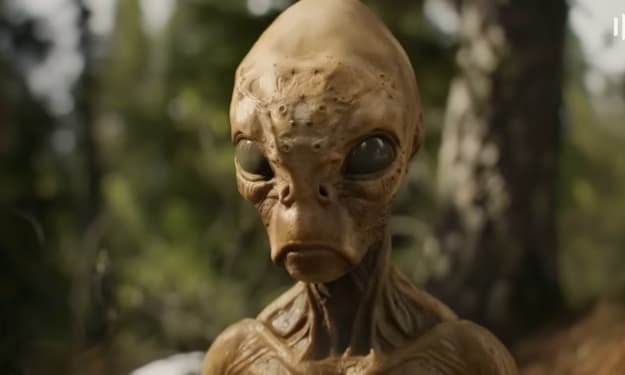My GUPPYFRIEND
The safety blanket for laundry and the most unknown yet effective way of saving our waters.

Finding ways to keep the earth clean and ways to stop the ozone layer from deteriorating has been important to me since the moment I dropped my iPod into the recycling liquids bucket in sixth grade. To be honest, it was not because my Apple product failed due to sticky mixed liquids but because the bucket was so full of liquids after children had not finished their juice or milk, only threw the plastic into the bin. I did not realize the impact that wish-recycling has on the recycling process but I ensured to finish my beverages from that day forward as I was disgusted.
Throughout elementary school, high school, and during my gap year in Germany, I had not paid much attention to recycling, reducing, or reusing anything other than what was already obvious. This includes things such as recycling bottles and paper, using reusable objects such as water bottles and food containers and bringing our own bags to the grocery store. Things like taking shorter showers and unplugging appliances that are not in current use or carpooling when possible are other ways that my family takes part in protecting our earth. Of course, in Germany everyone is more protective of Mother Earth as they have different recycling bins for almost everything. There are also compost bins for everyone to easily take part in this aspect of recycling, unlike in my province where people compost in their backyard.
Last year, in the mix of the pandemic, I discovered a podcast named "Good Together", a sustainability podcast hosted by Laura Alexander Wittig and Liza Moiseeva. Each episode discusses different ways to live ethically: through shopping, parenting, recycling, food choice and more. They created a website - brightly.eco - where I wondered through goggling at the many ways I could improve myself every day to help the earth. I have learned about things such as beeswax cloths to wrap food and reuse, a clothing line called Askov Finlayson that creates 100% ethically made parkas, and how ordering anything online is technically better for the environment than driving to the store to buy it yourself. From this podcast and website, I have found my safety blanket for laundry, the Guppyfriend Washing Bag.
After Wittig and Moiseeva discussed the importance of the washing bag, I found the Guppyfriend website and did as much research as possible to find out if the bag truly does help our oceans. I showed the website to my mom and explained what it does, convincing her that we should buy the $34.95 washing bag. I explained to her exactly what the packaging claims the washing bag does: "Filter Solution to Stop Plastic Pollution from Synthetic Textiles". Soon, it was on its way to our house.
Synthetic textiles, including mainly workout clothing, cause plastic pollution, which the company is working to decrease. Meaning that leggings or other tight clothing items are made with synthetic materials that pollute our seas with every wash. The plastic fibers that come off the leggings are obviously not visible or large enough to cause a problem with our machines or make wearing the clothing uncomfortable, but the pollution builds up quickly. According to the Guppyfriend instruction manual, the clothing's fibers are being washed into our seas and rivers, ending up in the farthest reaches of the sea and in our food, possibly damaging our health along with nature. The plastic becomes visible after a few washes with synthetic clothing in the Guppyfriend bag as lint gathers in the corners. To discard this lint-like plastic, you simply gather the lint into a little ball and dispose of it properly.
Not only does this washing bag help our environment, but it also protects our clothing as it prevents the plastic fibers from breaking. This is another effective way of helping Earth as we can enjoy our clothing for longer and pass the clothing to others who will enjoy the clothing once, according to Marie Kondo, the clothing no longer holds any happiness for the owner. The bag is made of untreated polyamide so it may be recycled after around five years of use and the website includes tips on other ways to reduce pollution while doing laundry.
The Guppyfriend Washing Bag has become an essential item in my house and I have pressured the rest of my family to use it for their synthetic clothing as well. The bag's effectiveness is continuously clear as the plastic fibers roll into little balls in the corners of the bag and my workout clothes continue to perform perfectly during my workouts despite the amount I wear and wash them. Wittig and Moiseeva have changed my life after introducing me to the Guppyfriend and I continue listening to their podcast to find new ways to be environmentally conscious.
About the Creator
Tia Hendricks
An Undergraduate English student simply practicing her creative writing skills.
https://www.instagram.com/tia.hendricks/
Enjoyed the story? Support the Creator.
Subscribe for free to receive all their stories in your feed. You could also pledge your support or give them a one-off tip, letting them know you appreciate their work.






Comments
There are no comments for this story
Be the first to respond and start the conversation.